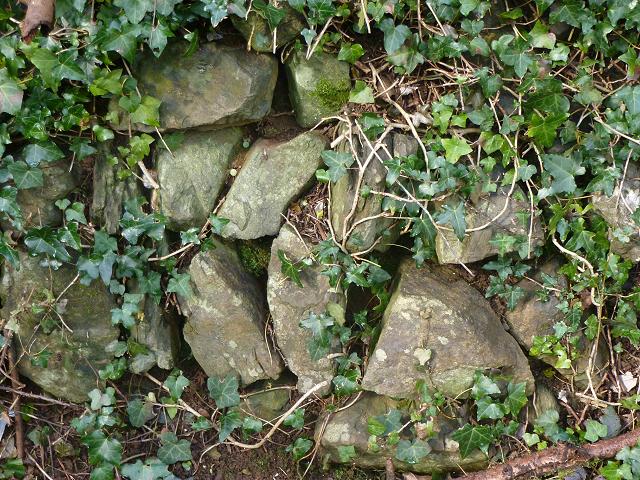
Where to Search?
Roscadghill Parc Wildlife
Walls, Rocks and Stones
One of the first places to check for insects and other animals is the cracks and crevices in a drystone wall; or a wall covered with ivy where the leaves provide both shade and shelter from wind, helping to prevent prevent soft-bodied animals from drying out. Animals found in crevices included slugs, snails, spiders, mites, beetles, centipedes, flies and sometimes toads. Rocks in a south facing position may also heat up quicker in the sun and store the heat longer, so may be good sites for reptiles like slow worms or lizards. Paving slabs, bricks, tiles and blocks from night storage heaters are also good for looking under.
One of the first places to check for insects and other animals is the cracks and crevices in a drystone wall; or a wall covered with ivy where the leaves provide both shade and shelter from wind, helping to prevent prevent soft-bodied animals from drying out. Animals found in crevices included slugs, snails, spiders, mites, beetles, centipedes, flies and sometimes toads. Rocks in a south facing position may also heat up quicker in the sun and store the heat longer, so may be good sites for reptiles like slow worms or lizards. Paving slabs, bricks, tiles and blocks from night storage heaters are also good for looking under.
Wood and Timber
Piles of brash, old prunings from shrubs, provide habitat for overwintering, amphibians, reptiles and small mammals such as hedgehogs. Piles of non-treated softwood timber also provide good places for many species to hide and as the timber rots fungi may also be found growing on its surface. Other wooden objects are also useful, and here an old table top is used to provide shade and shelter, essential during the summer when otherwise the ground would completely dry out.
Carpet and Sacking
Non-synthetic carpet is very useful in providing habitat for a range of bugs, and I use the word to include insects, worms, slugs and snails, worms etc.. Plastic bags or sheeting is less useful as it is lighter and more likely to blow away, it's also unsightly but can be used to trap water, which is essential for many species, especially in times of drought. Vegetable matter or fruit can be placed under carpet and this provides additional habitat for many smaller species. Vegetable peelings and rotting fruit also provide food and a source of easily digestable liquid.
Boxes and Traps
A simple bug box / trap is easy to make, here a black plastic tray is used to cover three stick rolls. This trap is frequently used my spiders, including harvestmen, and slugs and snails.
In providing suitable habitat for one group of animals we may be providing the right conditions to attract animals that feed on them. Smaller animals like mites and springtails may feed on simple plants like algae, on fungi or on organical matter. Preditory species of insects may feed upon them and other animals, like birds, amphibians or reptiles may indeed feed on the preditory insects. Sometimes a simple food chain can be observed in a very small area.
On a final note, always remember to return animals where they were found if moved; and replace stones or timber as it was found found and to prevent damage to habitat and the environment.
All photographs on this page were taken at Roscadghill Parc and are © David Fenwick.
Roscadghill Parc is a small housing estate situated in Heamoor, Penzance, Cornwall.
